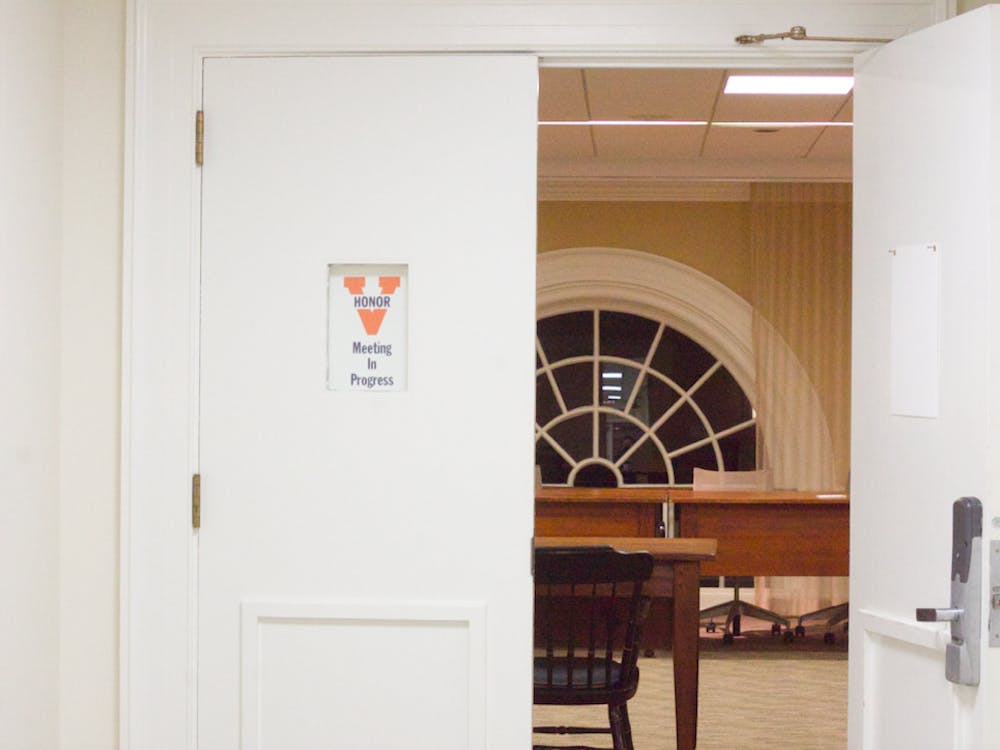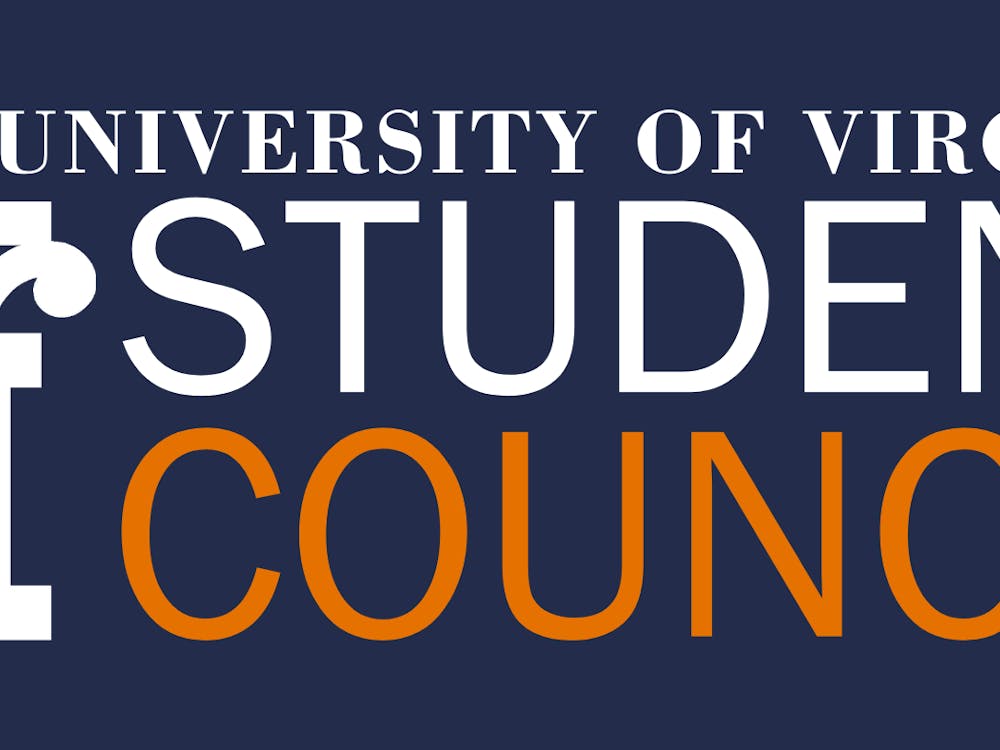The University of Virginia was the last choice on my list of six schools, and likely wasn’t even on the list of most of my peers. In the small suburb south of Boston that I come from, the overachievers seek the best, and most of them aren’t disappointed. Yet, I don’t understand how students that don’t even rank in the top 10 percent (top 30) of my class make it to schools like Wash-U St. Louis, Cornell and Vanderbilt, schools that somehow, according to U.S. News and World Report, are ranked 14th,16th and 17th in the country, respectively.
In many ways I think students in my high school and surrounding high schools thought they were too good for the University of Virginia. I too was guilty of this, but my opinion has changed since I visited during Days on the Lawn. Nevertheless, it should still be noted that the University is losing its edge of prestige, and we need it back.
In the wake of the 2014 U.S. News and World Report rankings, there are far-fetched talks of the University becoming a private institution. Though outrageous, what can be taken away is that some people feel that the University isn’t adapting to the changing college atmosphere. Sitting atop the public university rankings for 16 years running, the University of California at Berkeley provides a prime example of how a public institution can retain a stellar reputation.
According to The Daily Beast, five years ago, in-state residents applying to Berkeley were met with a 25 percent acceptance rate and out-of-state residents with a 22 percent acceptance rate. Fast forward to 2013; 24 percent of in-state residents were admitted and a whopping 39 percent of out-of-state residents. Here at the University, according to the Virginia admissions profile, the admission rates seem to be flip-flopped, with about a 39 percent acceptance rate for in-state students and about a 24 percent acceptance rate for out-of-state students.
California has a larger population to choose from and can afford to be more selective with in-state students. Nevertheless, there’s a reason why in the past five years, according to Berkeley’s website, out-of-state numbers have risen from 5 percent to 19 percent.
Not only have the rising number of out-of-state students allowed U-Cal Berkeley to be more selective about in-state admissions. The influx of out-of-state students has also provided more of what really matters: money. Although switching to a private institution may not be the answer for raising money and prestige for the University, the answer instead may lay in raising the percentage of out-of-state students.
It is true that Virginia has raised its out-of-state percentages in the past, rising from 30 percent to 33 percent over the years. On the other hand, with the vast difference in tuition fees between in-state and out-of-state students $12,458 vs. $39,844 as listed on U.S. News and World Report, increasing the number of non-Virginians will further add to the funds coming into the University.
Raising the number of nonresidents adds to the University’s prestige in two ways. First, as listed in the Virginia Financial Information, almost a third of the funding for academic departments comes from tuition and fees, meaning that tuition directly affects the quality of education. Second, by bringing in more selective out-of-state students, the quality of students is being raised — higher average GPA, class rank, SATs, and ACTs — ultimately increasing the prestige of the University.
Clearly, it isn’t as easy as just a snap of the finger and more nonresidents are brought in. State legislatures constantly battle with the University over the enrollment of out-of-state students. And, if you haven’t noticed already, I am clearly biased toward out-of-staters. But there is a strong argument to make some changes.
For people who say the University is doing fine as seen by record highs in application numbers, my response is that every school is seeing record highs in applications, and this is due to the increasing number of schools that students are applying to. For example, at my high school the average number of applications per student has increased from six to nine in the past five years.
If increasing the number of nonresidents doesn’t work, maybe the University should strive to decrease the acceptance rate of in-state students. I think 41 percent is a bit high for a prestigious school like the University of Virginia.
Jared Fogel is a Viewpoint columnist for The Cavalier Daily. His columns run Fridays.





